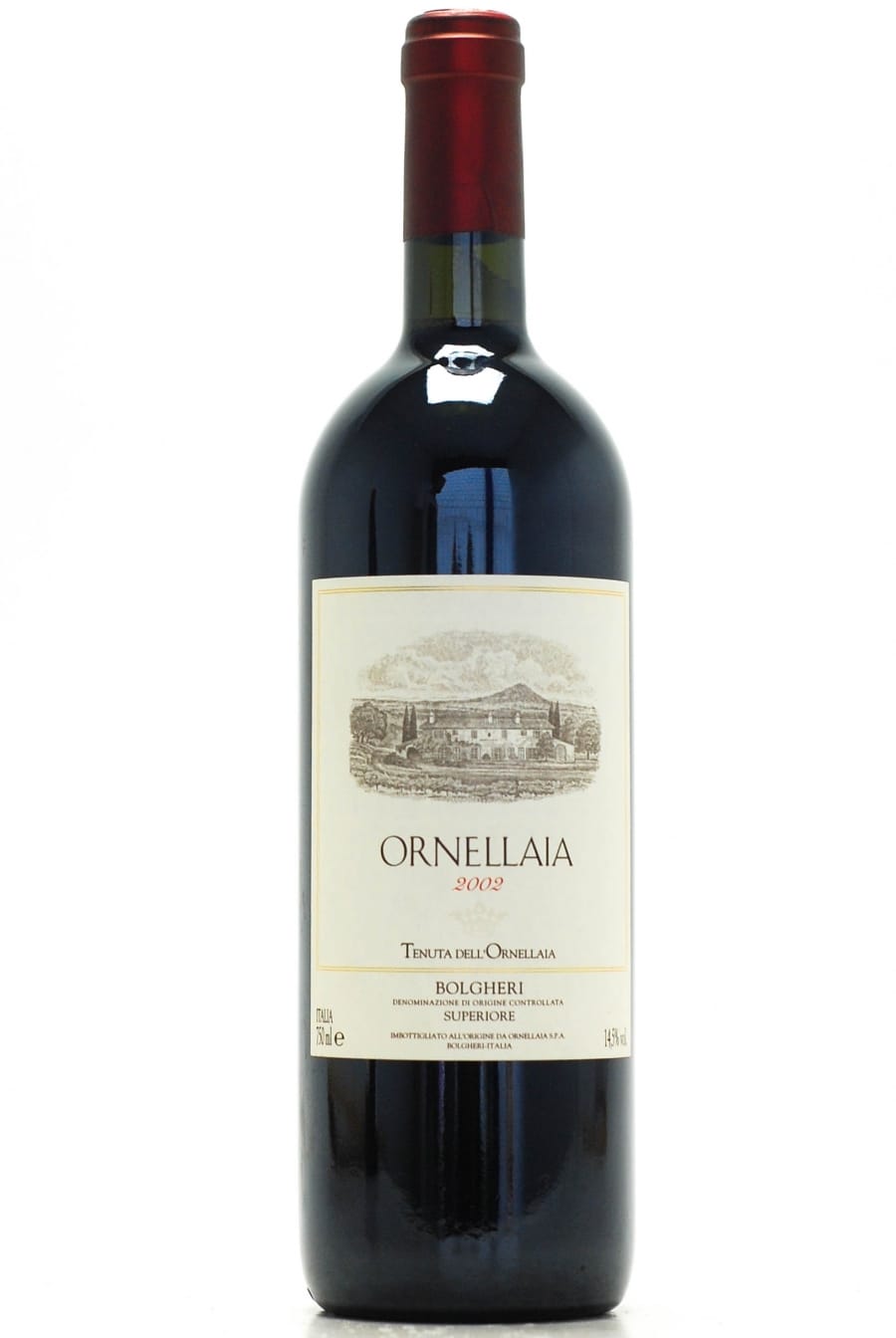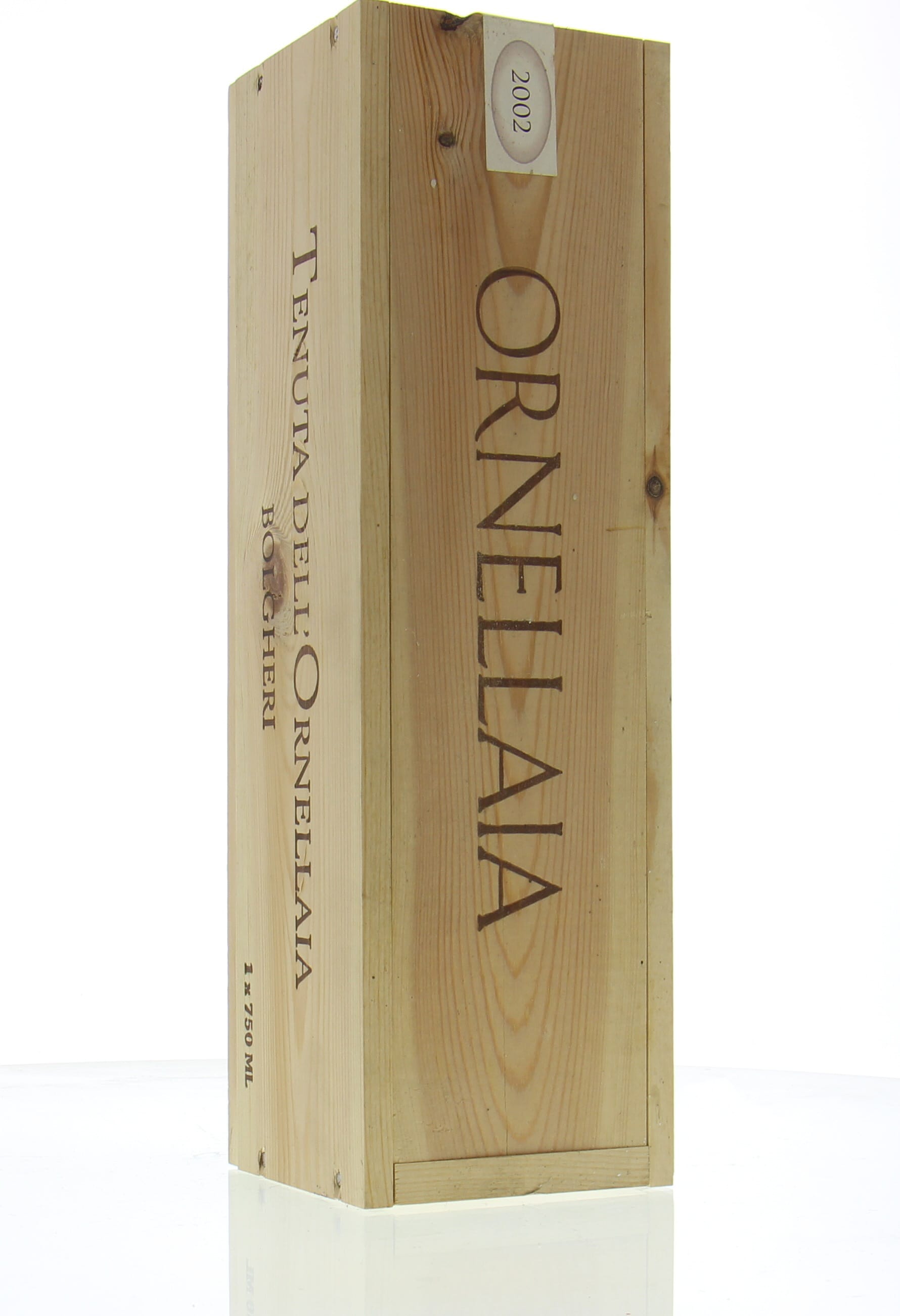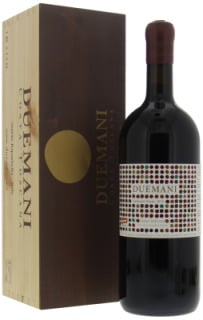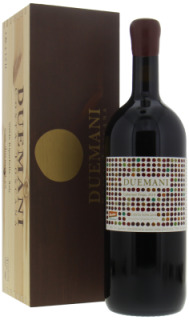Ornellaia 2002 Tenuta dell' Ornellaia
| Classification | |
| Type | Rouge |
| Marque | Tenuta dell' Ornellaia |
| Millésime | 2002 |
| Pays | Italie |
| Région | Toscane |
| Raisin | Cabernet Sauvignon, Merlot, Bordeaux Blend |
| Volume | |
| État | Parfait |
| Étiquette | Parfait |
| Consommable | -2015 |
| Stock | 0 |
| État | Extrait de son coffret en bois d'origine |
| Étiquette | Parfait |
| État | Parfait |
| Étiquette | Parfait |
Avis professionnels
Robert Parker (92)
The estate’s 2002s show why Tenuta dell’Ornellaia is one of Italy’s premier properties. Those obsessed with points will chase the higher rated 2003s and 2004s, but consumers who buy wines to drink them would do well to consider these 2002s especially given that pricing should be favorable. The 2002s are by no means the equal of the estate’s top wines but they will offer useful drinking while the more important vintages reach maturity. The 2002 Ornellaia (65% Cabernet Sauvignon, 30% Merlot and 5% Petit Verdot) is an astoundingly good wine considering the vintage. A vibrant dark ruby/violet, it offers suggestions of herbs, tobacco, earthiness and dark red fruit with excellent length and notable structure. Although it doesn’t have the concentration or length of the best vintages, it displays terrific overall balance and is undoubtedly a huge overachiever for which General Manager/Agronomist Leonardo Raspini and his entire team deserve much credit. 92/Anticipated maturity: 2008-2017. Tenuta dell’Ornellaia is without question one of Italy’s blue-chip properties. The gorgeous, sprawling estate is located in Bolgheri in Tuscany’s Maremma. On a recent visit I had the opportunity to taste a number of the estate’s wines with General Manager/Agronomist Leonardo Raspini and Oenologist Axel Heinz, including verticals of the estate’s top bottlings Ornellaia and Masseto. Ornellaia is a Bordeaux-inspired blend consisting principally of Cabernet Sauvignon, Cabernet Franc and Merlot. In 2003 a small percentage of Petit Verdot was introduced. The use of several varietals gives the winemaking team the luxury of being able to tailor the exact proportion of the blend to the specific strengths of a given vintage. Because the blend tends to vary from year to year in a vertical tasting Ornellaia shows many different facets of its personality. After harvest the varietals are vinified separately. Fermentation and maceration lasts between 25-30 days after which the wines are moved into French oak barrels where they age for 12 months. The wines are then racked and assembled into the final blend, which spends an additional six months in barrel prior to being bottled. The percentage of new oak has risen from 50%, which was used for vintages 1997 and 1998, to 60% used in 1999, to the 70% the estate has employed since 2000.
Winespectator (90)
Aromas of currants, plums and hints of fresh herbs, rosemary in particular. Full-bodied, with silky tannins and a subtle, refined finish. Very nice indeed for the vintage.
























